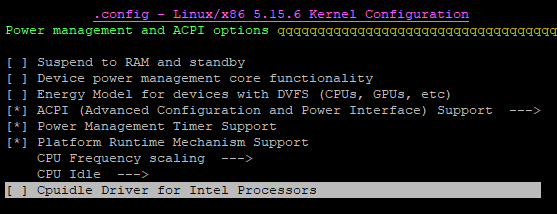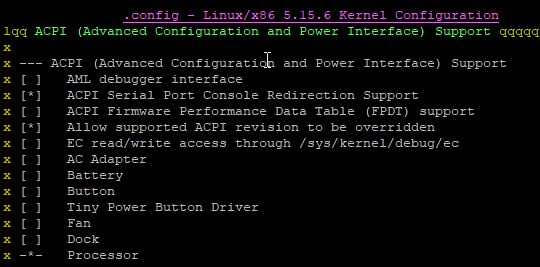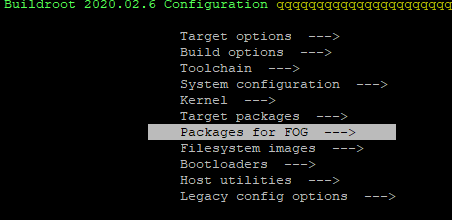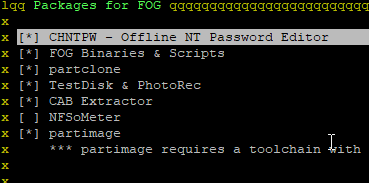@jra said in "Please Enter TFTP Server" Message:
Options 66 and 67 seem to be fine, and entering the IP of the FOG server dutifully boots it, but I can’t get it to just “get on with it” without typing that IP in.
This is typically a condition of having 2 dhcp servers answering the pxe boot request. One dhcp server having options 66 and 67 set and the other one not.
I would also check to ensure the WDS server is powered off because it can be messing with pxe boot. WDS will typically use ProxyDHCP OFFER packet, this OFFER will override any settings you have defined in dhcp options 66 and 67. How WDS gets hooked into other subnets is by your main subnet router. You would add the IP address of the WDS server as the last server listed in the dhcp helper/relay service. This is so the WDS server hears the clients DISCOVER packet.
“So how do you figure out what is going on here?” Take/make a witness computer (computer on the same subnet as the pxe booting computer) and load wireshark on it. Use this exact capture filter port 67 or port 68 Start wireshark then immediately pxe boot the target computer to the error then stop wireshark.
In the middle section you should see the DORA dhcp process (DISCOVER, OFFER, REQUEST, ACK/NACK). The target computer sends out a DISCOVER packet. Any (Proxy)DHCP server that hears the DISCOVER packet will answer with an OFFER packet. The OFFER packets is where you want to look. If you only have one OFFER packet then we will need to dig deeper. If you have more than one OFFER packet (what I suspect) Look in the ethernet header for {next-server} and {boot-file} those settings should match dhcp options 66 and 67 (found lower on the list). Your troubled DHCP server will have these values missing.
Now if there is a ProxyDHCP server (i.e. WDS server response) dhcp option 60 will be set to identify the packet is a ProxyDHCP answer.
Happy hunting…



